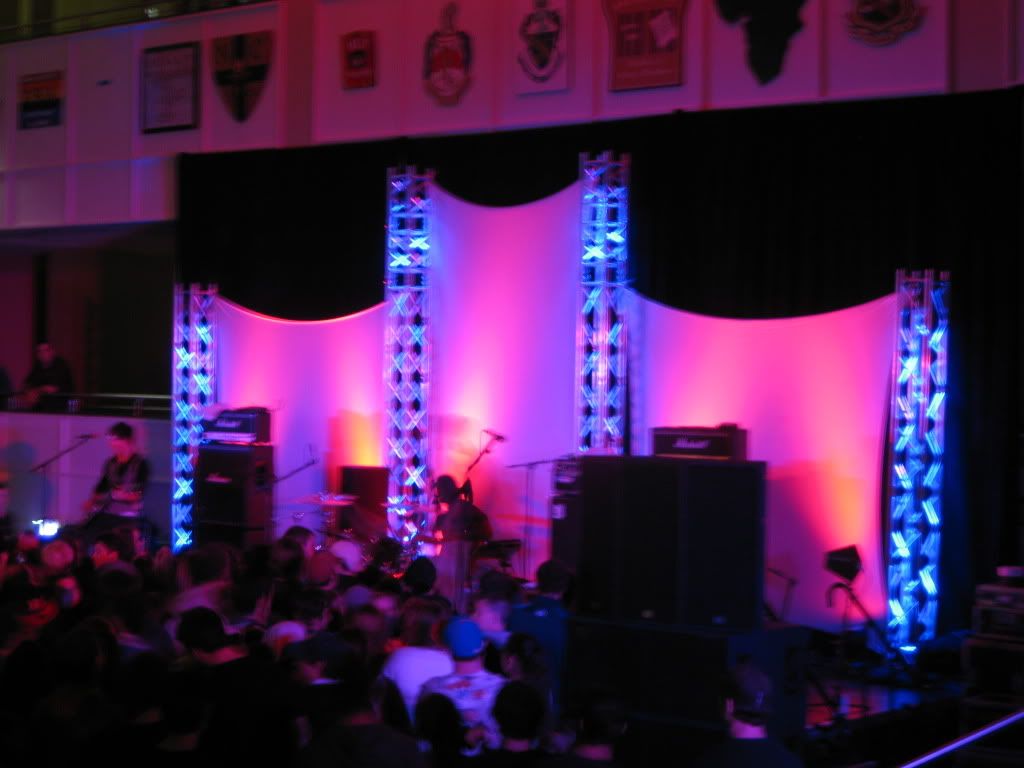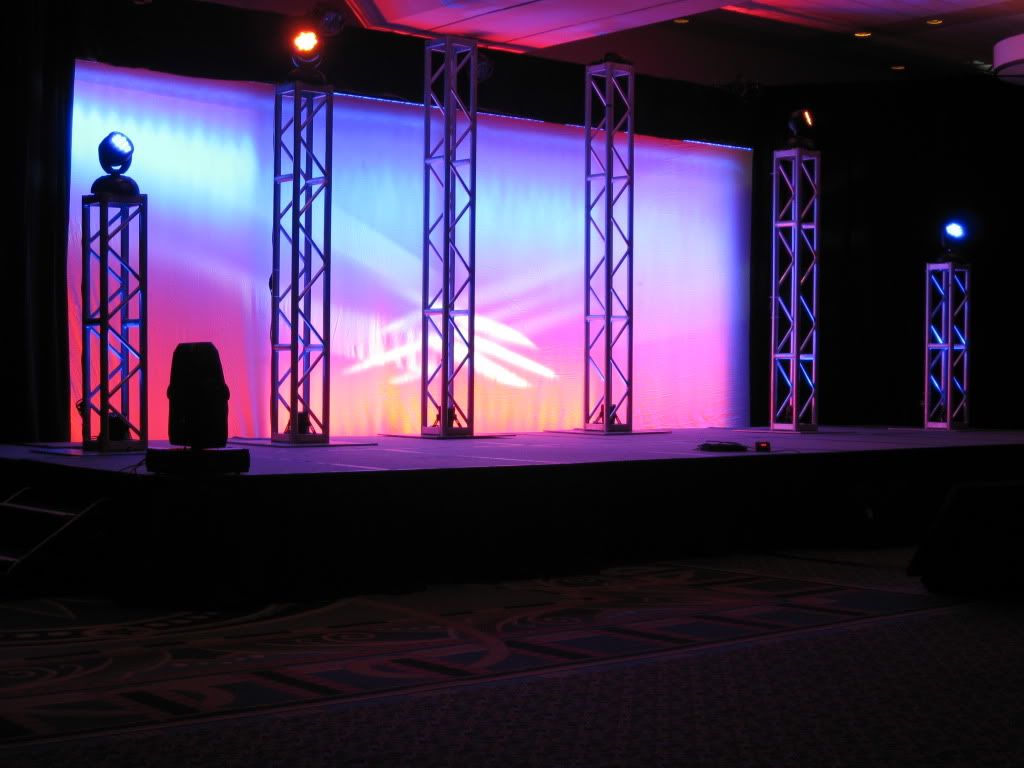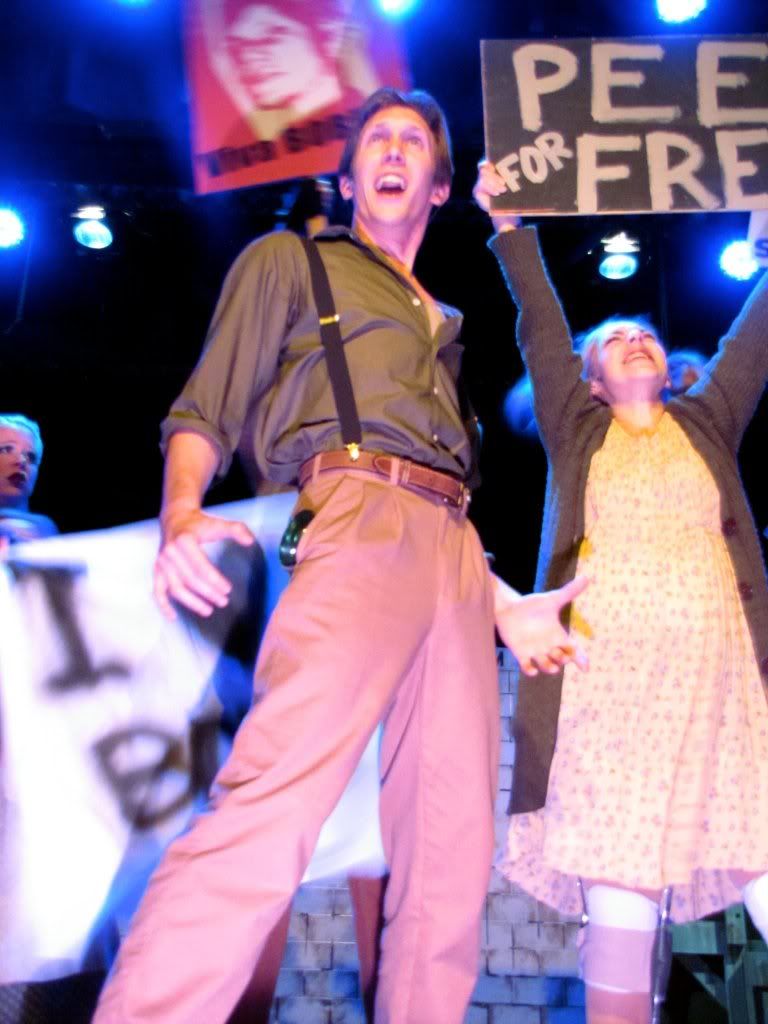Total noob here, but have been looking online for some lightings for a week now. Figured this forum would be a great place to get some input without someone trying to upsale something to me.
I belong to a band that has a rhythmn section of a drummer, keyboards, and tuba. The front line is 2 trumpets, 2 saxes, and 2 trombone, and we all sing and rap.
After my last gig, I realized we were missing lights. So, being the nerd of the band, I said I would look into it. Figured this forum was the best place to get advice without a salesman trying to upsale a product.
What I have come up with so far is using a Mega Pixel LED Color Bar for the front of the band (maybe two?) and behind the band a tree with 2 (or 4?) P36 LED DMX Pinspot and a REVO Scan LED DMX Scanner. Or would having 2 trees be better? Of course I would want a hazer to go with it all (I hate our fog machine our sound guy has, but for some reason the band likes it, so I want to get the hazer to replace it).
As far as controlling it, I would like to have more control then just let a little mic trying to pic up a kick drum since we have so many instruments playing. So I would want a controller, but which to get? An Operator Pro 136, Operator Programmable DMX Controller, or something else in the $200 range. What about myDMX? What I am looking for is something to program in sequences for songs and just hit something to change the lights during the show. Are there foot pedals to help with this?
Lots of stuff I know, but would appreciate any help.
Thanks!
-John
Original Post






